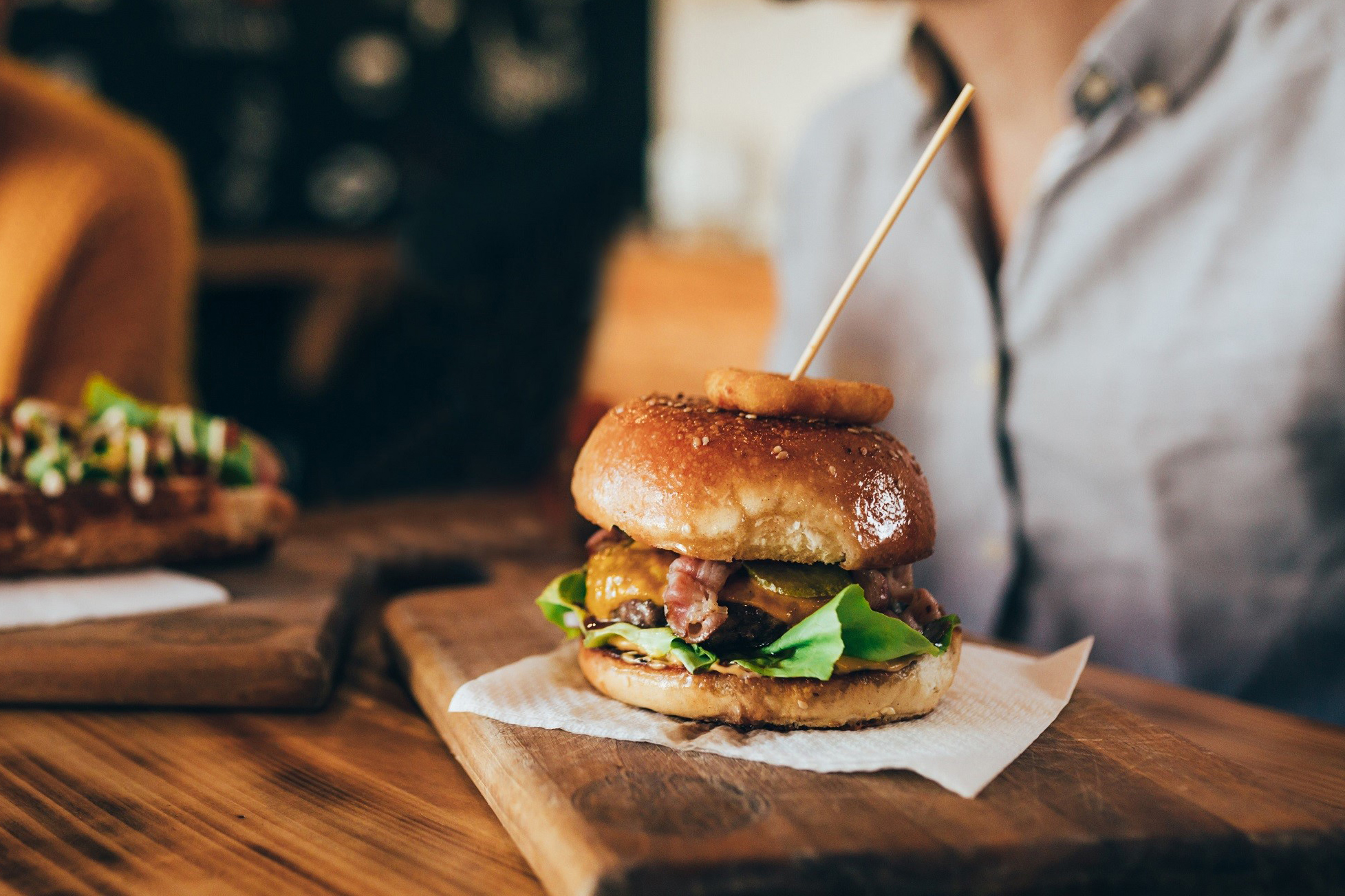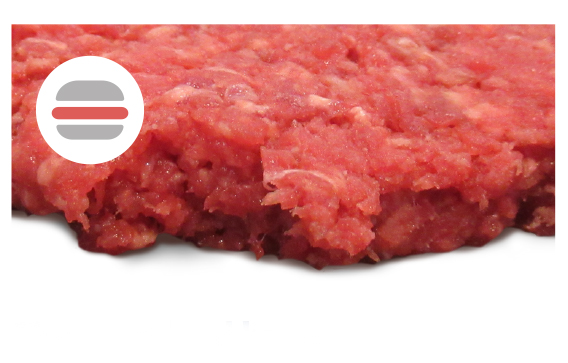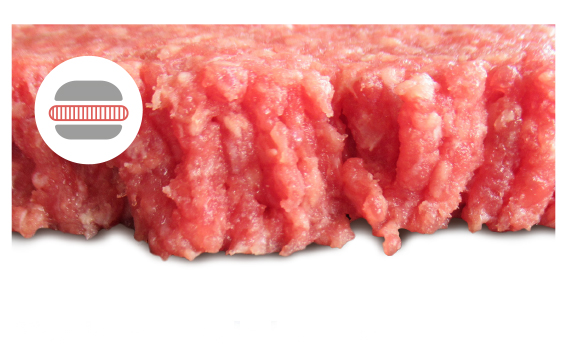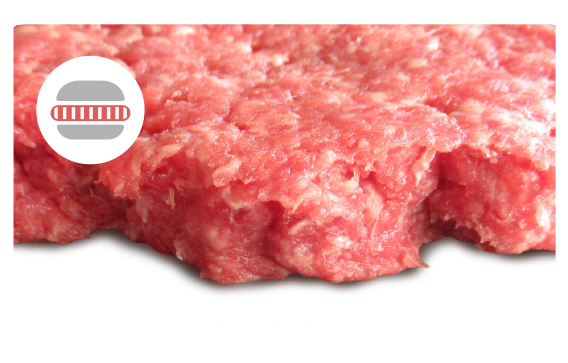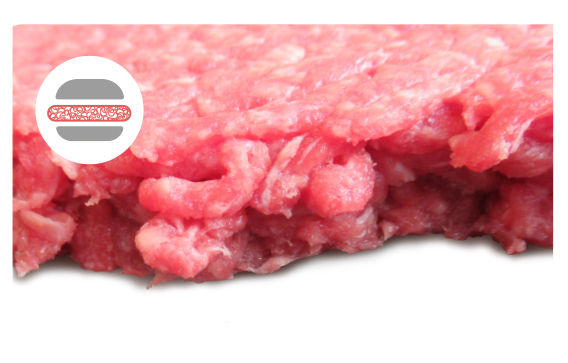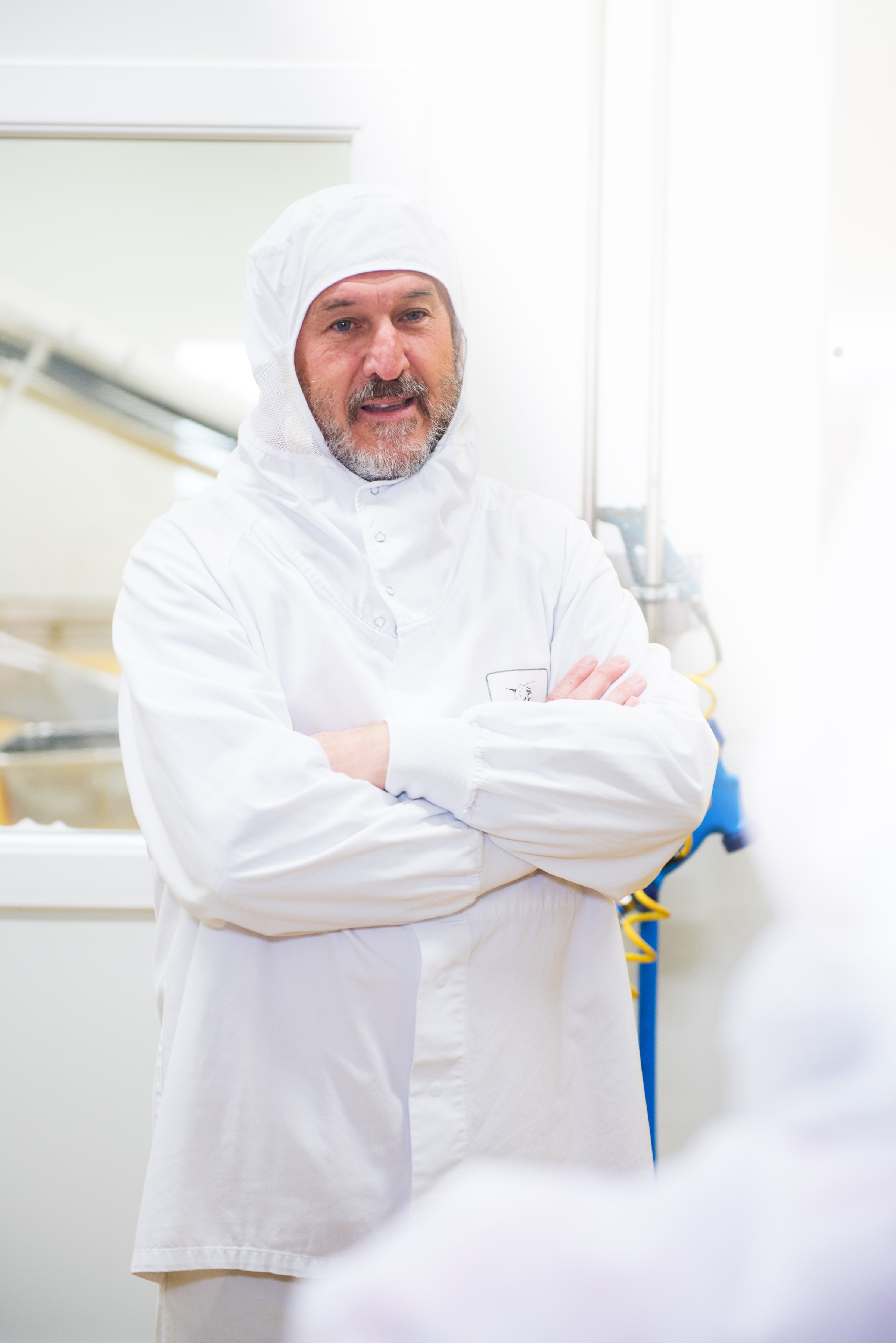Appearance is key
The appearance of a burger, in both an uncooked and a cooked state, will strongly influence the buyer decision process and is very important for overall consumer satisfaction.
Burgers mostly have a round or oval form but some will have straight, sharp edges, while others are more rustic with a rougher, bulkier form. It is purely down to the individual’s personal preference which of the many shapes is favored.
After cooking, a burger should still look appealing and it is important that it remains a similar size. Cooking the burger will cause collagen fibers to contract, but it is possible to ensure shrinkage is visually minimized by controlling the orientation of the collagen fibers during processing and steering them in a vertical direction. As the burger is cooked, the reduction will then be in height rather than in diameter. This means that it will look similar in size before and after cooking, giving the consumer an optimal post-purchase experience.
